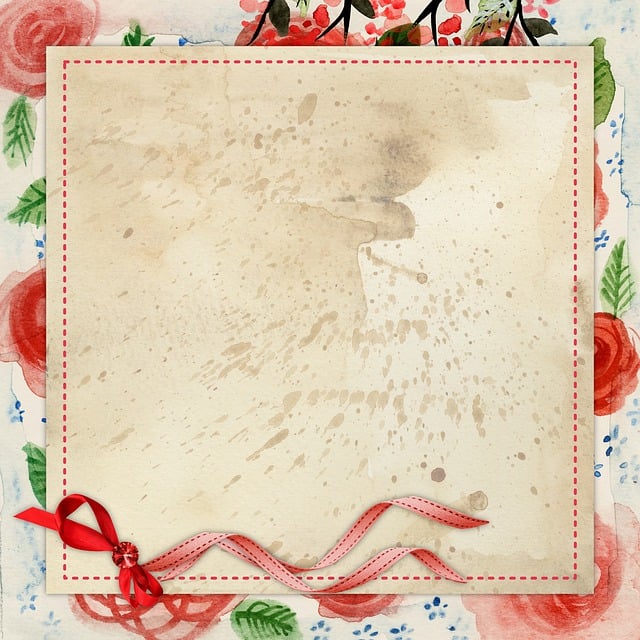Skin tags, caused by friction or hormonal changes, can be removed through various methods in Sheffield Tag Removal clinics. Professional options include cryotherapy and surgical excision, while at-home remedies are available for minor cases. Proper post-care and hygiene prevent recurrence, with regular check-ups recommended.
Skin tags, those harmless yet often unsightly growths, affect many people. This article guides you through effective removal techniques, from non-surgical methods to professional Sheffield tag removal. We explore various at-home treatments and DIY options, ensuring you’re well-informed about safe practices. Learn about the causes and types of skin tags to better understand your options. Discover post-removal care tips and preventive measures to keep these tiny irritants at bay.
- Understanding Skin Tags: Causes and Types
- Non-Surgical Removal Methods Explained
- At-Home Treatments and DIY Removals
- Professional Sheffield Tag Removal Techniques
- Post-Removal Care and Prevention Tips
Understanding Skin Tags: Causes and Types

Skin tags, also known as acrochordons, are small, soft skin growths that typically appear in areas where skin rubs against itself. They are generally harmless but can be a source of discomfort or embarrassment for some individuals. Understanding their causes and types is essential when considering removal methods, such as Sheffield tag removal procedures.
The primary cause of skin tags is friction, often occurring in folds of skin like the neck, armpits, groin, and belly button. They are more common in overweight individuals due to increased skin surface area and higher chances of rubbing against clothing or other skin areas. Hormonal changes, pregnancy, and aging can also contribute to their development. There are various types, including peduncular tags (with a stalk-like appearance) and non-peduncular tags, which are flat against the skin. Recognizing these variations is crucial when deciding on the most suitable removal technique, whether it’s through surgical excision, cryotherapy, or other methods available in Sheffield tag removal clinics.
Non-Surgical Removal Methods Explained

There are several non-surgical removal methods for skin tags, a common yet harmless growth on the skin. One popular option is cryotherapy, where liquid nitrogen is used to freeze and eliminate the tag. This procedure is quick and relatively painless, making it a preferred choice for many in Sheffield Tag Removal services. Another method gaining traction is laser surgery, which targets the blood vessels feeding the skin tag, causing it to fall off.
While these non-surgical techniques are effective, they may require multiple treatments to completely remove all tags. Alternatively, cutting or burning off skin tags with a scalpel or cauterizer is another option, but it leaves a small scar and carries a higher risk of infection compared to other methods. Each method has its advantages and potential drawbacks, so choosing the right approach depends on factors like size, location, and number of skin tags, as well as personal comfort levels and preferences.
At-Home Treatments and DIY Removals

Many people opt for at-home treatments as a first step in removing skin tags, especially if they’re small and non-cancerous. These DIY removals often involve using over-the-counter medications or natural remedies. For instance, applying duct tape can be an effective Sheffield tag removal method; it involves sticking the tape tightly over the tag for several days, which eventually leads to its shedding. Another common approach is using salicylic acid or tea tree oil, which can help dissolve the skin’s upper layers and remove tags gently.
While these methods are accessible and cost-effective, they may not be suitable for all types of skin tags or cases. It’s essential to note that if a skin tag is causing discomfort, bleeding, or shows signs of infection, professional medical attention is advised. A dermatologist can offer more advanced Sheffield tag removal techniques, ensuring safety and effectiveness tailored to individual needs.
Professional Sheffield Tag Removal Techniques

Professional Sheffield tag removal techniques have advanced significantly, offering safe and effective solutions for unsightly skin tags. One popular method is cryotherapy, where a trained professional applies liquid nitrogen to freeze and destroy the skin tag. This procedure is quick, often taking just minutes, and is generally well-tolerated with minimal downtime.
Another common approach involves surgical excision, performed under local anaesthesia. A skilled dermatologist will carefully cut out the skin tag using sterile instruments, ensuring a clean wound that heals over time. Both methods are considered safe when carried out by qualified professionals, addressing the concern of Sheffield tag removal with precision and care.
Post-Removal Care and Prevention Tips

After successful Sheffield tag removal, proper post-care is essential for optimal healing and to prevent complications. Keep the treated area clean by gently washing it with mild soap and water, and pat dry instead of rubbing. You can apply a thin layer of over-the-counter antibiotic ointment or aloe vera gel to promote healing and reduce irritation. It’s crucial to avoid scratching or picking at the site, as this can introduce infections.
To prevent skin tags from returning, maintain good hygiene by regularly cleaning your skin and keeping it dry. Wear loose clothing to minimize friction against the treated area. While specific foods or activities don’t directly cause skin tags, maintaining a healthy lifestyle with balanced nutrition and regular exercise can contribute to overall skin health. Regular check-ups with a dermatologist are also recommended to monitor any new growths.
When considering skin tag removal, understanding your options is key. From non-surgical methods to professional Sheffield tag removal techniques, each approach has its merits. At-home treatments offer convenience but may require patience, while professional services provide expertise and swift results. Proper post-removal care ensures optimal healing. By choosing the right method based on your needs and preferences, you can bid farewell to those pesky skin tags effectively and with confidence.
